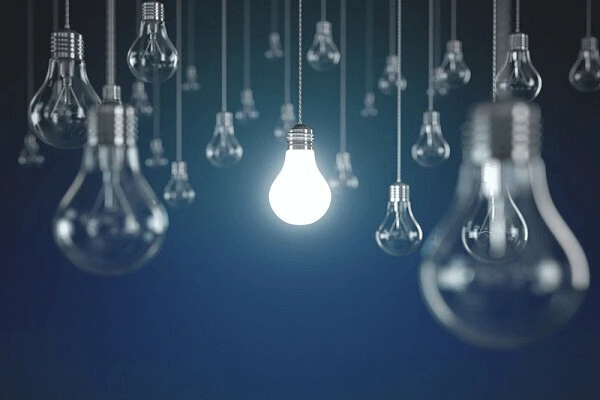- sales@biolabmarket.com
- +1 (469) 819-5592
Freeze Dryer Electricity Cost: Is It Worth the Energy Consumption?
Freeze drying is one of the most advanced food preservation methods available today. By removing moisture under low temperature and vacuum, this technology helps maintain the taste, color, texture, and nutrients of food, pharmaceuticals, and herbal products. But one common question producers ask is: How much electricity does a freeze dryer use, and is freeze drying really worth the cost?
In this article, we will explore freeze dryer power usage, compare energy consumption with traditional drying methods, and analyze whether the benefits outweigh the electricity costs.
How Much Electricity Does a Freeze Dryer Consume?
The electricity consumption of a freeze dryer depends on several factors:
- Power rating of the unit
- Small home freeze dryers typically use between 1–2 kW.
- Larger industrial freeze dryers may require 10 kW or more.
- Cycle duration
A full freeze drying cycle can last 12–24 hours.
For example, a 2 kW freeze dryer running for 20 hours will consume around 40 kWh of electricity per batch.
Comparing Freeze Dryer Energy Use With Traditional Dryers
To understand the real freeze dryer electricity cost, it’s useful to compare it with conventional drying methods.
- Traditional dryers
- Use direct heat (gas or electricity).
- Electricity consumption is mostly limited to fans and controllers.
- Freeze dryers
- Require continuous electricity for compressors, vacuum pumps, and heating elements.
- As a result, their power consumption is much higher.
- Processing time
- Traditional drying: a few hours.
- Freeze drying: 12–24 hours or more → leading to higher total energy consumption.
Is Freeze Drying Worth the Electricity Cost?
- Superior product quality
Freeze-dried products keep their original flavor, nutritional value, and shelf life, allowing producers to sell at premium prices. - Profitability depends on the market
- For export, pharmaceuticals, or high-value foods, the benefits often outweigh electricity costs.
- For low-cost local products, high energy bills can reduce profitability.
- Average energy usage
A small freeze dryer typically uses 30–50 kWh per cycle.
The actual freeze dryer electricity cost depends on local electricity rates, but in many cases, the added value justifies the expense.
Energy-Efficient Freeze Dryer Models
Manufacturers have recently developed energy-saving freeze dryers with features such as:
- Inverter compressors to lower unnecessary power use.
- Smart vacuum systems that activate only when needed.
- Improved chamber insulation to reduce heat loss.
Tips to Reduce Freeze Dryer Power Usage
- Load the machine efficiently → always use full capacity for better energy efficiency.
- Pre-freeze outside the freeze dryer → doing the initial freezing in a separate freezer shortens cycle time.
- Regular maintenance → cleaning condensers and maintaining vacuum pumps reduces electricity waste.
Impact of Electricity Tariffs on Freeze Dryer Costs
The freeze drying electricity cost is highly influenced by local electricity tariffs, which may vary depending on whether usage is residential, commercial, or industrial. In some countries, electricity is billed progressively, meaning higher consumption leads to higher rates.
For this reason, every producer should calculate real freeze dryer operating costs based on their location.
Key Facts About Freeze Dryer Energy Consumption
Key Point | Explanation |
Power consumption | 1–2 kW (tabletop) up to 10 kW (industrial) |
Cycle duration | 12–24 hours per batch |
Energy usage | ~30–50 kWh per cycle for small units |
Compared to traditional | Higher electricity cost, but superior quality |
Saving strategies | Inverter compressors, pre-freezing, maintenance |
Final Thoughts: Is Freeze Drying Worth the Energy?
Yes, freeze drying costs more electricity than traditional drying, but the tradeoff is much higher product quality and shelf life.
For professional producers, exporters, and pharmaceutical industries, the added value far outweighs the energy cost.
However, to make freeze drying more cost-effective, it’s important to:
- Choose an energy-efficient freeze dryer.
- Use optimal loading practices.
- Follow regular maintenance schedules.
This way, you can minimize energy consumption while maximizing profit.
Frequently Asked Questions (FAQs)
- How much electricity does a small freeze dryer use?
Around 1–2 kW per hour, or 30–40 kWh per cycle. - Are traditional dryers more cost-effective?
They use less electricity but produce lower-quality, shorter-lasting products. - Is freeze drying worth it for home use?
Not always—home freeze dryers can be less economical unless used for high-value foods. - How can I reduce freeze dryer electricity cost?
By pre-freezing outside the unit, using full load capacity, maintaining the machine, and choosing low-energy models. - How do electricity tariffs affect freeze dryer running costs?
They vary by country and usage type (residential, commercial, industrial) and can significantly impact total costs.

